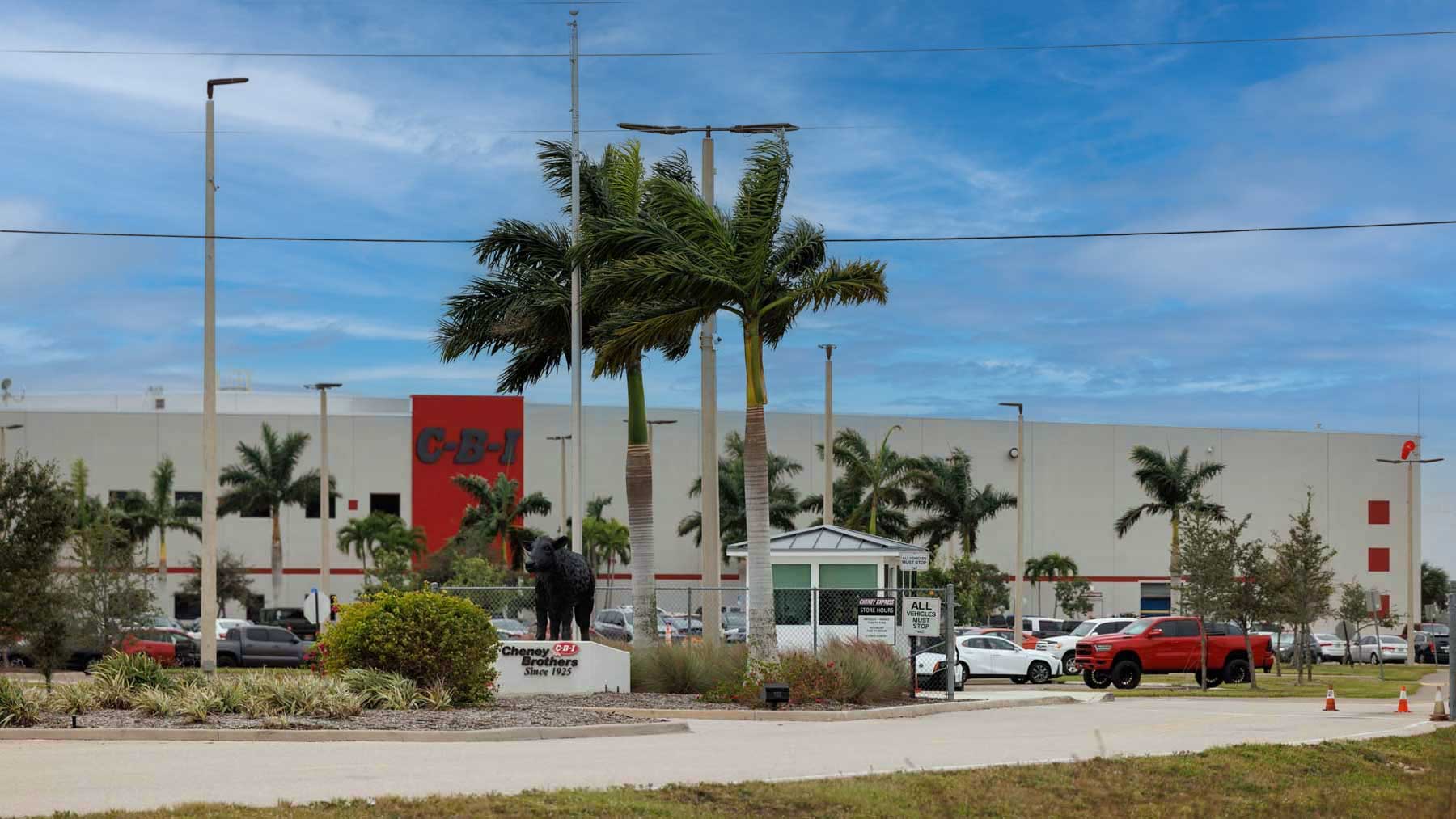Charlotte County Population Growth and the Push for Commercial Development
May 1st, 2025
Charlotte County is booming.
In just 20 months—from June 2023 to February 2025—the county’s population jumped by 11%, marking one of the most dramatic growth periods in its history. This rapid expansion, highlighted in a recent presentation to the Charlotte County Commission, is reshaping how leaders must think about land use, infrastructure, and economic development.
And here’s the kicker: the growth shows no signs of slowing down.
A Population Surge That Can’t Be Ignored
Professional planner David Farmer, CEO of Metro Forecasting Models, delivered a data-packed report to county commissioners on April 22. His message was clear: Charlotte County is growing faster than anyone expected.
How fast?
-
The population rose from 201,000 in 2023 to 224,147 in early 2025.
-
That’s nearly 30,000 new residents since the last census.
-
Over 10,994 new housing units were added since June 2023.
-
Another 17,000 are forecasted between 2025 and 2030.
And with housing comes people. People who need jobs, services, shopping, healthcare, and infrastructure.
Why Commercial and Industrial Development Must Catch Up
Farmer made a compelling case: Charlotte County doesn’t just need more homes—it needs more places to work, shop, and invest.
That’s because while residential construction is booming, the commercial and industrial sectors are lagging.
Compared to nearby Lee and Collier counties, Charlotte is behind on:
-
Commercial square footage
-
Industrial park capacity
-
Retail and lifestyle amenities
Collier County, despite having similar industrial square footage, makes up for it with vibrant amenities—opera houses, high-end shops, and entertainment venues. Charlotte, by contrast, is at risk of becoming a bedroom community unless it pivots quickly.
Farmer’s warning? If we don’t prioritize commercial growth, residents will drive elsewhere for basic needs—and tax dollars will follow them.
Retail Opportunities: A Shopping Center Shortage
Right now, Charlotte County needs at least one more shopping center immediately. And by 2030? Two more.
Take Port Charlotte’s West Port area: it’s the county’s biggest growth hotspot. A new Publix is on the way along State Road 776—but that’s just the beginning.
Meanwhile, Burnt Store Road communities are another target. By 2030, they’ll need a neighborhood shopping center. By 2040, a full commercial center.
“There’s pent-up demand,” Farmer explained. “And developers haven’t caught up yet.”
Burnt Store Corridor: The Next Commercial Frontier
There’s already a 40-acre parcel along Burnt Store Road that Farmer called “ideal” for a new shopping center—one that could serve not just Charlotte County but northern Lee County, too.
But hesitation in the commercial real estate sector is slowing progress.
Why We Must Preserve Land for Industry
Farmer’s strongest recommendation? Reserve land now—before it’s all swallowed up by housing.
He proposed:
-
Rezoning agricultural land along I-75 for industrial use
-
Encouraging mixed-use projects that combine housing and light industrial
-
Prioritizing infrastructure to support job centers
Why does this matter?
Because industrial jobs spark a ripple effect. A single job in durable manufacturing creates up to 7.44 indirect jobs in the community. From coffee shops to daycare centers, these workers support the local economy in powerful ways.
Rezoning now could be a financial game-changer for Charlotte County.
Balancing Growth with Infrastructure and Services
More people means more strain on local services.
Farmer noted that fire stations, parks, libraries, and other public facilities are already feeling the pressure. The growth, coupled with hurricane recovery challenges, has stretched county resources thin.
But that doesn’t mean we aren’t ready to fight smart. With sound planning, strategic rezoning, and strong partnerships with the private sector, Charlotte County can thrive.
The Path Forward: What Happens Next
Farmer will return to the Board of County Commissioners in November with an update. Until then, the message to the commercial and industrial real estate sectors is clear:
Now’s the time to invest in Charlotte County.
There’s land, demand and opportunity.
It’s not a matter of if Charlotte County will grow—it’s a matter of how we shape that growth to benefit businesses and residents alike.
Key Takeaways
-
Population Boom: Over 23,000 new residents since 2023.
-
Housing Growth: 10,994 new homes added since June 2023.
-
Commercial Urgency: Immediate need for shopping centers in West Port and Burnt Store Road areas.
-
Industrial Opportunity: Rezoning land along I-75 could unlock economic growth.
-
Action Required: Developers, brokers, and planners must act now to meet growing demand.

FAQs
Why is Charlotte County growing so fast?
Affordable housing, coastal lifestyle, and hurricane recovery-driven migration have accelerated growth beyond forecasts.
How many people live in Charlotte County now?
As of February 2025, Charlotte County’s population is 224,147.
What types of development are needed most?
Commercial shopping centers and industrial job centers are the top priorities, according to planners.
Where is growth happening fastest?
West Port and the Burnt Store Road Corridor are the most rapidly growing residential areas.
What is the multiplier effect in manufacturing?
Every job in durable manufacturing supports about 7.44 additional jobs in the community.
How can developers take action?
Commercial brokers and industrial developers should explore available parcels, advocate for rezoning, and partner with local officials to move quickly.
Final Thought
Charlotte County isn’t just growing—it’s transforming. To ensure this growth leads to prosperity for everyone, we need more than rooftops. We need retail, industry, and vision.
Now’s the time to build the future—before it builds over us.
References:

